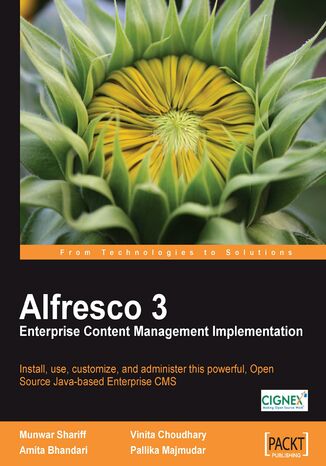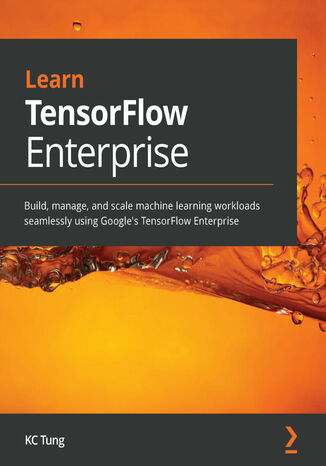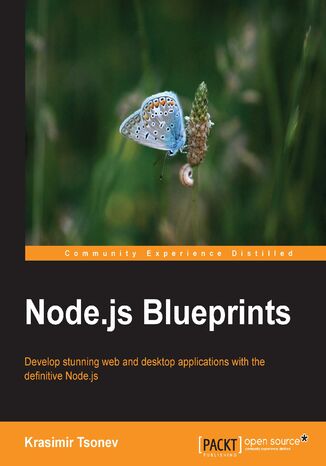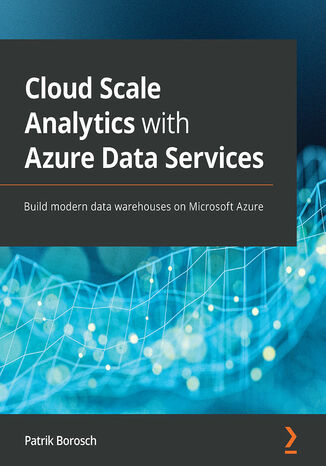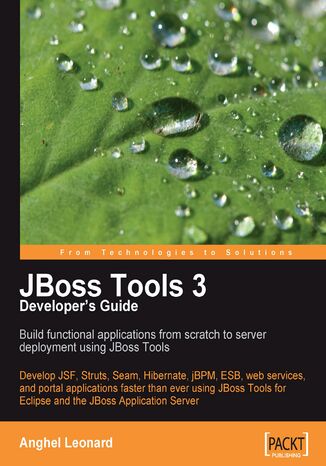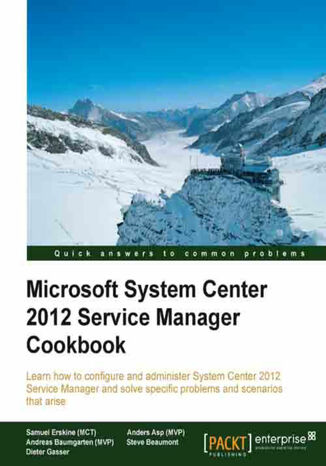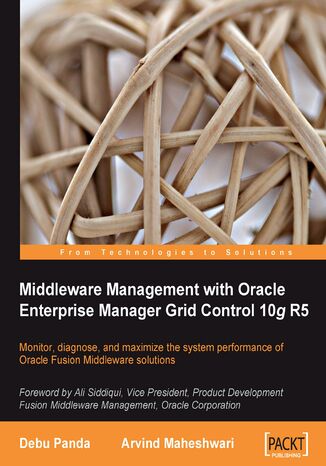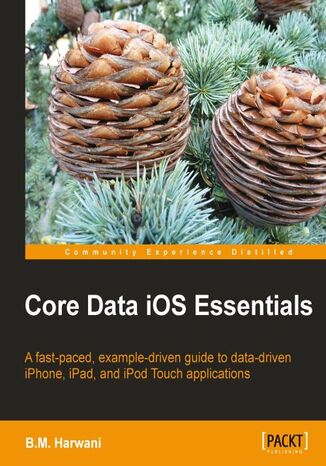Категорії
-
- Біткойн
- Ділова жінка
- Коучинг
- Контроль
- Електронний бізнес
- Економіка
- Фінанси
- Фондова біржа та інвестиції
- Особисті компетенції
- Комп'ютер в офісі
- Комунікація та переговори
- Малий бізнес
- Маркетинг
- Мотивація
- Мультимедійне навчання
- Нерухомість
- Переконання та НЛП
- Податки
- Соціальна політика
- Порадники
- Презентації
- Лідерство
- Зв'язки з громадськістю
- Звіти, аналізи
- Секрет
- Соціальні засоби комунікації
- Продаж
- Стартап
- Ваша кар'єра
- Управління
- Управління проектами
- Людські ресурси (HR)
-
- Architektura i wnętrza
- Безпека життєдіяльності
- Biznes i Ekonomia
- Будинок та сад
- Електронний бізнес
- Ekonomia i finanse
- Езотерика
- Фінанси
- Особисті фінанси
- Бізнес
- Фотографія
- Інформатика
- Відділ кадрів та оплата праці
- Для жінок
- Комп'ютери, Excel
- Бухгалтерія
- Культура та література
- Наукові та академічні
- Охорона навколишнього середовища
- Впливові
- Освіта
- Податки
- Подорожі
- Психологія
- Релігія
- Сільське господарство
- Ринок книг і преси
- Транспорт та спедиція
- Здоров'я та краса
-
- Офісні застосунки
- Бази даних
- Біоінформатика
- Бізнес ІТ
- CAD/CAM
- Digital Lifestyle
- DTP
- Електроніка
- Цифрова фотографія
- Комп'ютерна графіка
- Ігри
- Хакування
- Hardware
- IT w ekonomii
- Наукові пакети
- Шкільні підручники
- Основи комп'ютера
- Програмування
- Мобільне програмування
- Інтернет-сервери
- Комп'ютерні мережі
- Стартап
- Операційні системи
- Штучний інтелект
- Технологія для дітей
- Вебмайстерність
-
- Антології
- Балада
- Біографії та автобіографії
- Для дорослих
- Драми
- Журнали, щоденники, листи
- Епос, епопея
- Нарис
- Наукова фантастика та фантастика
- Фельєтони
- Художня література
- Гумор, сатира
- Інше
- Класичний
- Кримінальний роман
- Нехудожня література
- Художня література
- Mity i legendy
- Лауреати Нобелівської премії
- Новели
- Побутовий роман
- Okultyzm i magia
- Оповідання
- Спогади
- Подорожі
- Оповідна поезія
- Поезія
- Політика
- Науково-популярна
- Роман
- Історичний роман
- Проза
- Пригодницька
- Журналістика
- Роман-репортаж
- Romans i literatura obyczajowa
- Сенсація
- Трилер, жах
- Інтерв'ю та спогади
-
- Археологія
- Bibliotekoznawstwo
- Кінознавство / Теорія кіно
- Філологія
- Польська філологія
- Філософія
- Finanse i bankowość
- Географія
- Економіка
- Торгівля. Світова економіка
- Історія та археологія
- Історія мистецтва і архітектури
- Культурологія
- Мовознавство
- літературні студії
- Логістика
- Математика
- Ліки
- Гуманітарні науки
- Педагогіка
- Навчальні засоби
- Науково-популярна
- Інше
- Психологія
- Соціологія
- Театральні студії
- Богослов’я
- Економічні теорії та науки
- Transport i spedycja
- Фізичне виховання
- Zarządzanie i marketing
-
- Безпека життєдіяльності
- Історія
- Дорожній кодекс. Водійські права
- Юридичні науки
- Охорона здоров'я
- Загальне, компендіум
- Академічні підручники
- Інше
- Закон про будівництво і житло
- Цивільне право
- Фінансове право
- Господарське право
- Господарське та комерційне право
- Кримінальний закон
- Кримінальне право. Кримінальні злочини. Кримінологія
- Міжнародне право
- Міжнародне та іноземне право
- Закон про охорону здоров'я
- Закон про освіту
- Податкове право
- Трудове право та законодавство про соціальне забезпечення
- Громадське, конституційне та адміністративне право
- Кодекс про шлюб і сім'ю
- Аграрне право
- Соціальне право, трудове право
- Законодавство Євросоюзу
- Промисловість
- Сільське господарство та захист навколишнього середовища
- Словники та енциклопедії
- Державні закупівлі
- Управління
-
- Африка
- Альбоми
- Південна Америка
- Центральна та Північна Америка
- Австралія, Нова Зеландія, Океанія
- Австрія
- Азії
- Балкани
- Близький Схід
- Болгарія
- Китай
- Хорватія
- Чеська Республіка
- Данія
- Єгипет
- Естонія
- Європа
- Франція
- Гори
- Греція
- Іспанія
- Нідерланди
- Ісландія
- Литва
- Латвія
- Mapy, Plany miast, Atlasy
- Мініпутівники
- Німеччина
- Норвегія
- Активні подорожі
- Польща
- Португалія
- Інше
- Przewodniki po hotelach i restauracjach
- Росія
- Румунія
- Словаччина
- Словенія
- Швейцарія
- Швеція
- Світ
- Туреччина
- Україна
- Угорщина
- Велика Британія
- Італія
-
- Філософія життя
- Kompetencje psychospołeczne
- Міжособистісне спілкування
- Mindfulness
- Загальне
- Переконання та НЛП
- Академічна психологія
- Психологія душі та розуму
- Психологія праці
- Relacje i związki
- Батьківство та дитяча психологія
- Вирішення проблем
- Інтелектуальний розвиток
- Секрет
- Сексуальність
- Спокушання
- Зовнішній вигляд та імідж
- Філософія життя
-
- Біткойн
- Ділова жінка
- Коучинг
- Контроль
- Електронний бізнес
- Економіка
- Фінанси
- Фондова біржа та інвестиції
- Особисті компетенції
- Комунікація та переговори
- Малий бізнес
- Маркетинг
- Мотивація
- Нерухомість
- Переконання та НЛП
- Податки
- Соціальна політика
- Порадники
- Презентації
- Лідерство
- Зв'язки з громадськістю
- Секрет
- Соціальні засоби комунікації
- Продаж
- Стартап
- Ваша кар'єра
- Управління
- Управління проектами
- Людські ресурси (HR)
-
- Антології
- Балада
- Біографії та автобіографії
- Для дорослих
- Драми
- Журнали, щоденники, листи
- Епос, епопея
- Нарис
- Наукова фантастика та фантастика
- Фельєтони
- Художня література
- Гумор, сатира
- Інше
- Класичний
- Кримінальний роман
- Нехудожня література
- Художня література
- Mity i legendy
- Лауреати Нобелівської премії
- Новели
- Побутовий роман
- Okultyzm i magia
- Оповідання
- Спогади
- Подорожі
- Поезія
- Політика
- Науково-популярна
- Роман
- Історичний роман
- Проза
- Пригодницька
- Журналістика
- Роман-репортаж
- Romans i literatura obyczajowa
- Сенсація
- Трилер, жах
- Інтерв'ю та спогади
-
- Філософія життя
- Міжособистісне спілкування
- Mindfulness
- Загальне
- Переконання та НЛП
- Академічна психологія
- Психологія душі та розуму
- Психологія праці
- Relacje i związki
- Батьківство та дитяча психологія
- Вирішення проблем
- Інтелектуальний розвиток
- Секрет
- Сексуальність
- Спокушання
- Зовнішній вигляд та імідж
- Філософія життя
Vinita Choudhary, Pallika Majmudar, Munwar Shariff, Amita Bhandari, ...
Alfresco 3.0 has generated a lot of curiosity with its new content management features. Users have been waiting for a book that covers these concepts along with the security, dashboards, and configuration features of Alfresco 3.Alfresco 3 includes Alfresco Surf, a new N-Tier Architecture, which delivers scalability and accommodates more users on existing hardware resources. This new release also includes a draft implementation of the CMIS specification, and Microsoft Office SharePoint Protocol support. The new multi-tenancy features enable Alfresco ECM to be configured as a single-instance multi-tenant environment.This well-crafted and easy-to-use book is a complete guide to implementing enterprise content management in your business using Alfresco 3. It covers the enhanced document management, a new web-based collaborative application called Alfresco Share, and various integration options with external applications.Alfresco 3 offers true Enterprise Content Management (ECM) by providing an open source alternative to Microsoft SharePoint, Documentum, and Interwoven. It is the most popular Java-based CMS with over 1.5 million downloads, 50,000 live sites, 74,000 community members, and with more than 150 application extensions in forge. This book guides you through creating smart, collaborative content repositories and shows how to use Alfresco 3 to create more elegant document sharing, better collaborative working, and reliable automated workflow processes.The book also explains how administrators can set up Alfresco 3 for multiple business units as a single-instance multi-tenant environment. Business users can leverage Alfresco Share, a new built-in web-based collaborative content management application bundled with Alfresco repository. It simplifies capturing, sharing, and retrieval of information across virtual teams.This book shows you how to unleash the power of Alfresco 3 to create collaborative working systems in your enterprise
TensorFlow as a machine learning (ML) library has matured into a production-ready ecosystem. This beginner’s book uses practical examples to enable you to build and deploy TensorFlow models using optimal settings that ensure long-term support without having to worry about library deprecation or being left behind when it comes to bug fixes or workarounds.The book begins by showing you how to refine your TensorFlow project and set it up for enterprise-level deployment. You’ll then learn how to choose a future-proof version of TensorFlow. As you advance, you’ll find out how to build and deploy models in a robust and stable environment by following recommended practices made available in TensorFlow Enterprise. This book also teaches you how to manage your services better and enhance the performance and reliability of your artificial intelligence (AI) applications. You’ll discover how to use various enterprise-ready services to accelerate your ML and AI workflows on Google Cloud Platform (GCP). Finally, you’ll scale your ML models and handle heavy workloads across CPUs, GPUs, and Cloud TPUs.By the end of this TensorFlow book, you’ll have learned the patterns needed for TensorFlow Enterprise model development, data pipelines, training, and deployment.
Cloud Scale Analytics with Azure Data Services. Build modern data warehouses on Microsoft Azure
Azure Data Lake, the modern data warehouse architecture, and related data services on Azure enable organizations to build their own customized analytical platform to fit any analytical requirements in terms of volume, speed, and quality.This book is your guide to learning all the features and capabilities of Azure data services for storing, processing, and analyzing data (structured, unstructured, and semi-structured) of any size. You will explore key techniques for ingesting and storing data and perform batch, streaming, and interactive analytics. The book also shows you how to overcome various challenges and complexities relating to productivity and scaling. Next, you will be able to develop and run massive data workloads to perform different actions. Using a cloud-based big data-modern data warehouse-analytics setup, you will also be able to build secure, scalable data estates for enterprises. Finally, you will not only learn how to develop a data warehouse but also understand how to create enterprise-grade security and auditing big data programs.By the end of this Azure book, you will have learned how to develop a powerful and efficient analytical platform to meet enterprise needs.
JBoss Tools consist of the best Java frameworks and technologies placed together under the same roof. Discovering JBoss Tools is like exploring a cave; at first everything seems unknown and complicated, but once you become familiar with the main features of the Tools, you will start to feel at home.This is the first book in the market on JBoss Tools, waiting to assist you to throw away all the tiny, dedicated tools you have used earlier, thus helping you to reduce the time you spend on developing a Java application. This book will explore the tools that will help you to build Hibernate, Seam, JSF, Struts, Web Services, jBPM, ESB, and so on and show you how to use them through screenshots, examples, and source code. JBoss Tools comes with a set of dedicated wizards, generators, editors, reverse engineering capabilities, configuration files, templates, syntax highlighting, and more for each of these technologies. Just choose the technologies, and JBoss Tools will glue them together in amazing Java web applications.This book will show you how to develop a set of Java projects using a variety of technologies and scenarios. Everything is described through JBoss Tools eyes. After we settle the project (or scenario) that will be developed, we configure the proper environment for the current tool (the selected projects cover the main components of a web application, with regard to the backstage technology). We continue by exploring the tool to accomplish our tasks and develop the project's components. A cocktail of images, theoretical aspects, source code, and step-by-step examples will offer you a complete insight into every tool.At the end, we deploy and test the project. In addition, every chapter is rich with pure notions about the underlying technology, which will initiate into you or remind you of the basic aspects of it. It will also show you complete and functional applications, and get you familiar with the main aspects of every tool. By the end you will have enough information to successfully handle your own projects with JBoss Tools.
Microsoft System Center 2012 Service Manager Cookbook
Samuel Erskine (EUR), Dieter Gasser, Anders Asp, Steve Beaumont, ...
Microsoft System Center Service Manager (SCSM) offers enterprises a complete, integrated platform for automating and adapting IT Service Management best practices to your organization's requirements.Microsoft System Center Service Manager Cookbook provides you with real-world, immediately usable recipes which will show you how to configure and administer System Center Service Manager 2012 and understand how to solve particular problems and scenarios to take this tool further.In Microsoft System Center Service Manager Cookbook, you will get to grips with practical recipes which will show you how to configure and administer System Center Service Manager 2012. This cookbook features distinct recipes on the practical implementation of ITSM Frameworks and Processes, Microsoft System Center 2012 Service Manager Administration, how to configure Service Level Agreements (SLAs). It will also cover incident and problem management, the design of change and release management as well as implementing and editing security roles.
Debabrata Panda, Arvind Maheshwari, Debabrata Panda
Today's IT environment is very complex, encompassing a myriad of technologies and middleware platforms. Many organizations have large and heterogeneous middleware platforms that power their enterprise applications and it is often a real challenge for administrators to meet agreed service levels and minimize downtime. Oracle Enterprise Manager allows administrators to manage the complete lifecycle of an entire application infrastructure for middleware and SOA applications.This book will help you kick-start the setup of Oracle Enterprise Manager Grid Control and master all aspects of middleware management supported by Oracle Enterprise Manager.This book, written by senior members of the Oracle team serves as the only hands on guide to provisioning middleware and implementing proactive monitoring to maximize application performance and compliance using Oracle Enterprise Manager.The book starts with an introduction to the challenges faced by middleware administrators in their everyday life, and how Oracle Enterprise Manager helps solve those challenges. This book will help you manage your middleware infrastructure and applications effectively and efficiently using Oracle Enterprise Manager. By following the practical examples in this book you will learn to proactively monitor your production middleware applications running on Oracle Application Server, Oracle WebLogic Server, Oracle SOA suite (such as Oracle BPEL Process manager), Oracle Server Bus, and Oracle Coherence. You will also learn different aspects to proactive monitoring and alert notifications, service level and incident management, diagnostics for production applications, lifecycle automation using out-of-the-box deployment procedures, and patching mechanisms. This book also helps you to master best practices for managing your middleware and SOA applications for optimal service performance and reduced down time.
Core Data is the essential ingredient in data driven iOS apps. It's used for storing, retrieving, and manipulating application data in databases, XML, and binary formats. It's an essential component for iPhone, iPod Touch, and iPad apps.Core Data Essentials provides a clear, readable guide to the most useful aspects of Core Data. Built around a realistic example app, the book showcases the most important aspects of Core Data development in the context of a complete, functioning app written in Objective C.The book starts with a tour of how the app works. Then you'll see how to easily display data using the Table View. You'll learn how to develop an appropriate data model that fits the needs of your app, then implement that model as updatable data objects. You'll see how to update data and build relationships between objects and learn how Core Data can work with search, and how to provide your users with friendly data editing features.

